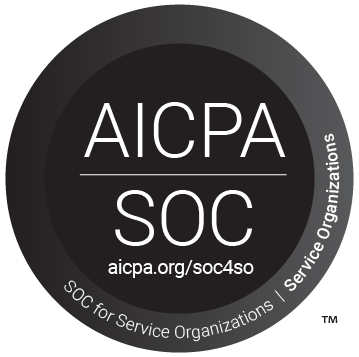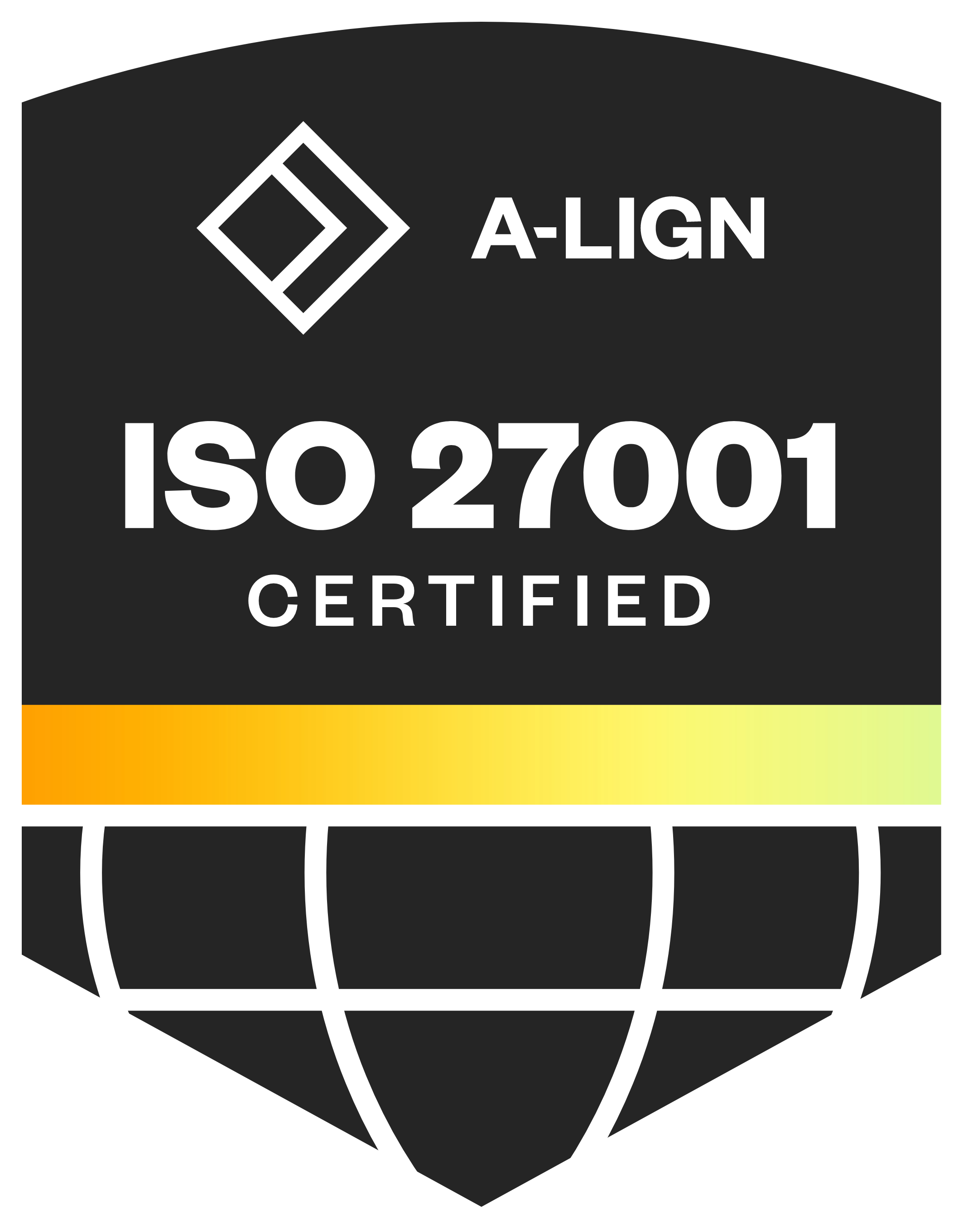How to quickly edit video like a pro

Key takeaways:
- Always prepare before opening up an editor
- Pick the right tools for the job
- Work in a templated, streamlined structure
If you fail to plan, you plan to fail. Benjamin Franklin's words apply to many scenarios, especially if you lack experience and need to edit video content.
Professional video editors have learned many things that become second nature. Yet, these tricks of the trade are foreign to those unfamiliar with video editing.
How should you prepare your content? When should you use — or not use — B-roll and transitions? How do you set up a solid template? What on earth are hotkeys?
For those content creators who have yet to master the art of video editing, we thought it would be helpful to compile a quick guide with some of the basics. By the way, if you come across any terms that you’re unfamiliar with, feel free to reference our glossary of common video terms.
Plan, then edit
Before you open up any software or platform to edit video, you should start with an outline of the final product.
Think of how a carpenter measures twice and cuts once. Sure, you can jump in and start making changes, but it’s helpful to have a picture of the finished video so you don’t try to whittle your project to oblivion.
Here are some considerations that will inform the decisions for your content:
- Which channel is this for? Social media? Email? Internal reference only?
- Is this a part of a campaign? Video series? A standalone piece?
- Who is the target audience of the video?
- Is this meant to be snackable content, or is this a deeper dive?
- What tone do you want to come across?
You can save precious hours and headaches by keeping the end goal in sight at the beginning. Rather than constantly tweaking and iterating, think deeply through what you want — then execute.
Communicate with your intended recipient
No, we don’t mean “put out a poll on social media and ask the people what they want.” However, that type of crowdsourcing can help generate some great content ideas!
Talk to someone on your team who represents your audience. You’ll want to partner with someone who has a strong viewpoint.
If you want to catch the eye of C-suite buyers with a thought leadership clip, your team lead or department head can provide some guidance on the type of content that might resonate. They may tell you, for instance, that tons of jump cuts and pop music might not work with that audience. Or maybe that’s precisely the vibe you want.
Either way, you’ll want to at least have a quick chat with someone who can help guide your efforts. And it can’t hurt to get the insights of whoever will review your video, as well.
Organize your footage before you edit
It sounds simple, but the admin work goes a long way. It doesn’t matter if you recorded a bunch of footage on a camera at an event or if you have a repository where contributors sent clips.
Take the time to label and clean up your recordings early in the project. You’ll thank yourself later.
Label your clips in a way that will be easy for you to navigate. One suggestion is by project, talent, the primary talking point, and then date.
Ex/ Company case study - Jane Smith - video roi - 052324
If you’re working in a platform where you can organize your content into a hierarchy of folders or channels, even better!
The same process goes for B-roll, music beds, graphics, logos, or anything else you’ll build into your video. Of course, you’ll want to make sure you’re only picking the right content that fits the project.
For instance, it would be a bit weird if a romantic comedy with Meryl Streep had an intense Hans Zimmer score and Christopher Nolan explosions. If you can picture the final video at the start of the project, the actual editing process will go that much smoother.
Pick the right tool for the job
Finally, you need to actually edit the video.
In the same way you thought through where the video should go, you should think through how you’ll make it. If you want to make a video with tons of effects and wild transitions, Adobe Premiere is the standard. But if you just want to make a few cuts and add some quick branding, you probably don’t need Premiere.
Check out our comparison of some of the top tools to edit video on the market. You wouldn’t use a jackhammer to hammer a nail, so likewise, picking the right tool can streamline your edits.
Work within a templated structure
Once you have the right tools, build your project. Structure your setup in a way that makes the most sense and can help keep everything uniform.
Here’s a sample outline we use for many of our videos for social media:
- Cold open with a clip from the speaker (5-10 seconds)
- Include speaker’s lower third
- Intro animation (5 seconds)
- Scene one with topic one
- Clean feed from speaker’s ISO
- Scene two with deeper explanation
- Includes B-roll or a two-shot for panel discussions
- Scene three with a solid take-home point
- Supporting graphics
- Primary CTA and outro card (5 seconds)
Once you have a templated structure for your content, it becomes much easier to create videos at scale. The only true editing you’ll need to do is to swap out a few logos or graphics, tighten up the talk track, and then get your content ready for review.
Our marketing team uses a similar structure for case study video content. Every promo video, testimonial clip, and the final video for the case study have the same branding. We use the customer’s logo, a Socialive-branded frame, custom intro animation, and the same CTA at the end of each video.
Most video editing software and platforms allow you to save your work. When you close a project, you can open it again later and pick up where you left off.
It’s also helpful to work within a structure that supports templates at the team level. If you’re able to apply standard graphics, logos, and music at that global level, it then becomes easier to quickly edit more and more content.
Learn the hotkeys
Hotkeys are keyboard shortcuts that perform specific actions in a video editing platform.
Most are familiar with “spacebar” playing your video. “Control + Z” (or “command” on Mac) undoing an action.
But everything from making a cut to inserting a transition to creating a new scene will be programmed in. Advanced software, like Premiere, will allow you to program your own shortcuts — hotkeys — that let you perform specific actions with the click of a button.
It may not sound like much, but saving time from a few drags of the mouse or clicks adds up. Anyone who has had to move hundreds of clips a few frames to insert a new clip can tell you how frustrating the manual process is. Learn the hotkeys, it’s worth it.
Socialive is no exception. With our AI-powered video editor, many of the editing actions are made easier, if not automated. But for those hands-on tasks you need to take, the hotkeys will save you tons of time.
Edit video faster and easier by planning
By organizing your recordings and content, strategically planning your story, and picking the right tools to set up a templated structure, just about anyone can edit video like a pro.
Of course, we wouldn’t recommend someone who is just starting out to take this and think they can run a production company. But these tips are certainly helpful for someone learning the ropes.
If you work within a company that offers video services or more seasoned editing professionals, ask plenty of questions and have conversations with them about how you can fully set up a self-sufficient video ecosystem. This is key to making video creation scalable.
The final step of your editing journey is to pick out the right tool, learn the ins and outs, and try it for yourself. You can start with Socialive’s CreatorSuite, which is built with many of the helpful features we covered — plus many we didn’t, such as text-based video editing.


